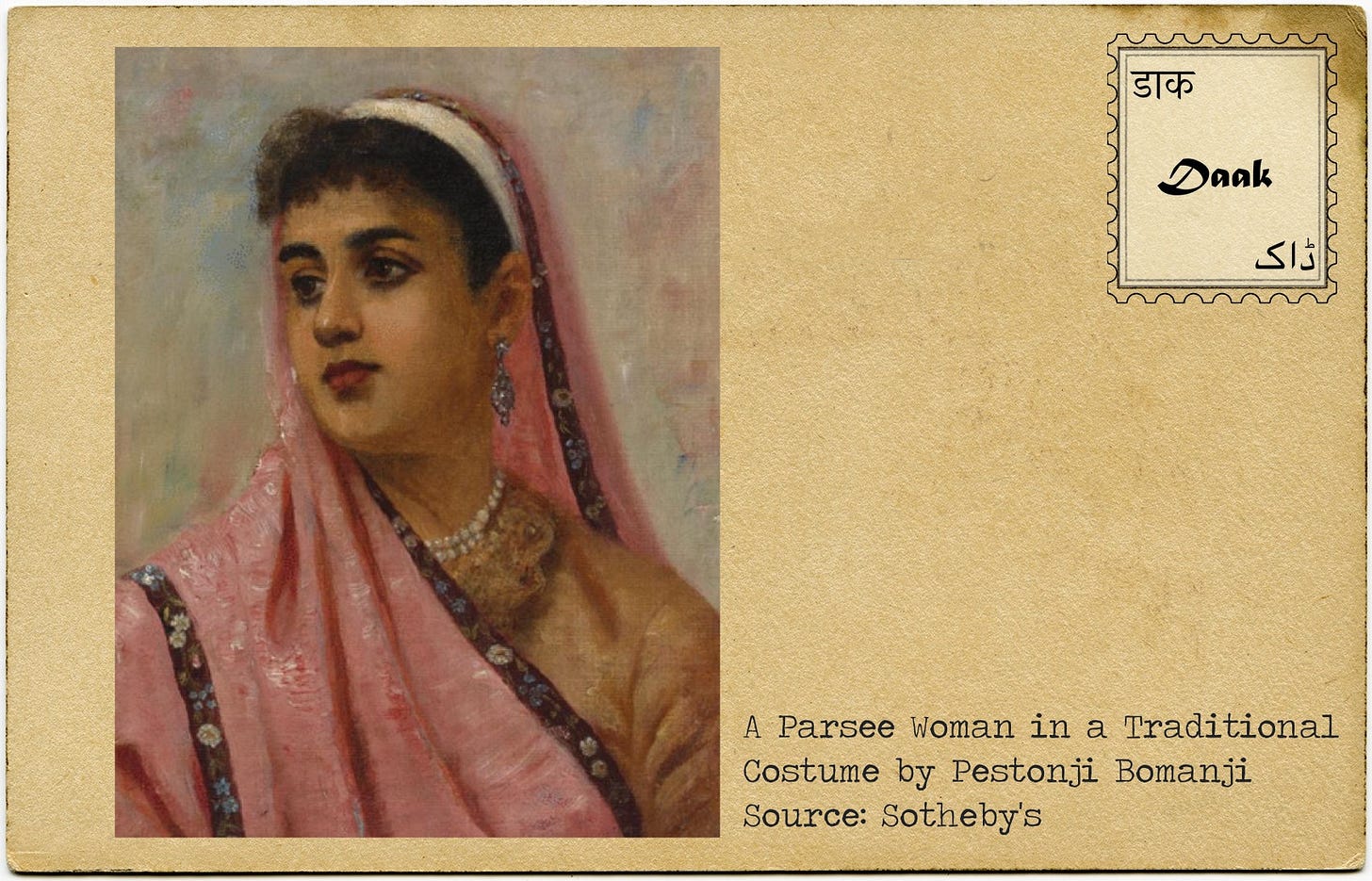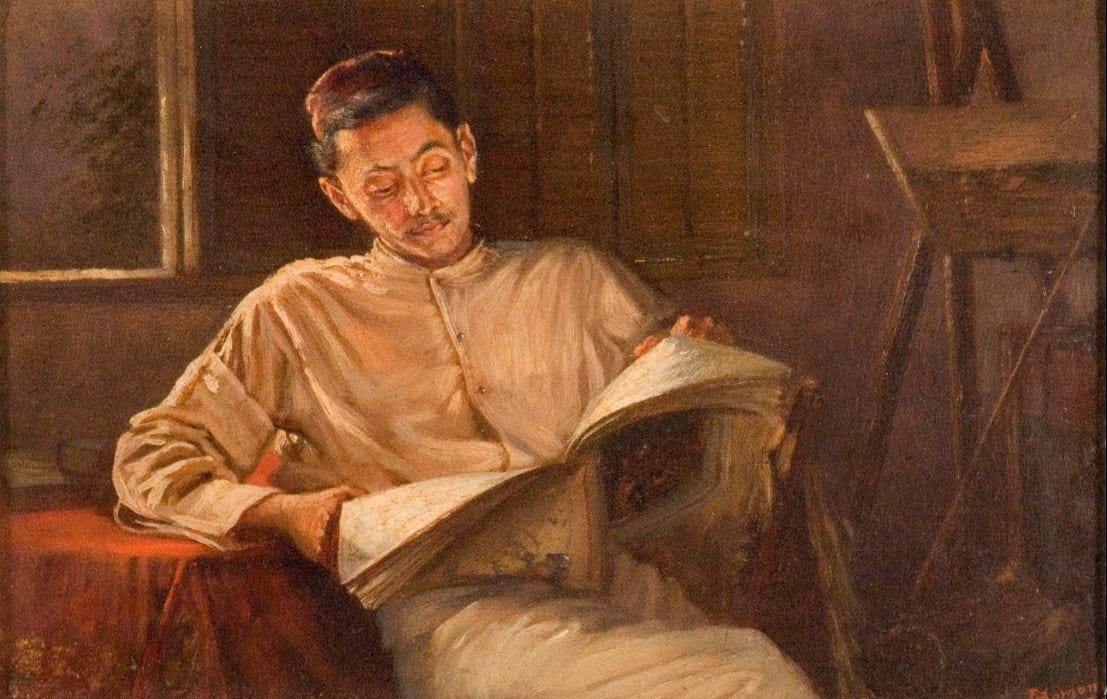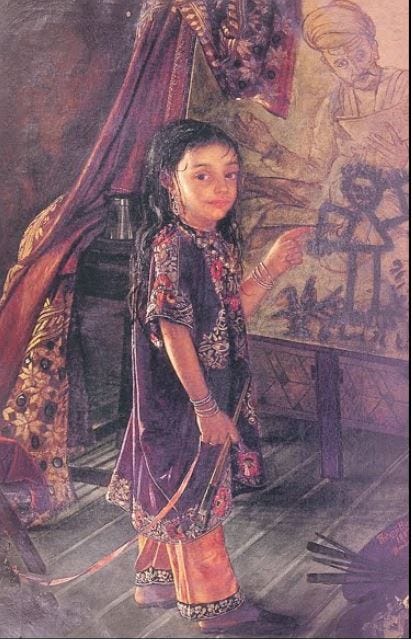'The Indian Rembrandt': Pestonji Bomanji's Art

Pestonji Bomanji (1851 – 1938) brought the Parsi community to life through his vibrant portraits in a realist style. Bomanji joined the Sir J.J. School of Art at the mere age of thirteen. His talent got him immediate attention from the principal, John Griffiths, who handpicked him for his Ajanta mural expedition. In this project, students had to recreate all the ancient murals of the Ajanta caves. With great dedication and skill, Bomanji did this for a decade, during which he evolved his own mature style and technique.

At Rest
Source: Google Arts & Culture
Griffiths also recommended him to Valentine Prinsep, a renowned British painter, who eventually took him under his wing. Bomanji had initially wanted to be a sculptor, but during the course of his apprenticeship with Prinsep, he got interested in portraits which ultimately formed his artistic legacy. His style was greatly influenced by Prinsep, which is apparent in his juxtaposition of western aesthetics with Indian subjects and settings. Hence, he came to be known as ‘The Indian Rembrandt’.

A Parsi Girl
Source: Parzor Foundation
As one of India’s earliest practicing Parsi artists who primarily painted members of his own community, Bomanji’s work can serve as an ethnographic study of Parsi customs and practices. For instance, an interesting aspect of his work is the number of real women he captures in his portraits. It serves as a reminder that Parsi women were among the earliest entrants into public life and social activism when compared to their counterparts from other communities.

Feeding the Parrot by Pestonji Bomanji
Source: Chhatrapati Shivaji Maharaj Vastu Sangrahalaya
In this age of digital homogeneity, it becomes even more important to preserve these cultural nuggets that remind us of our own uniqueness.


